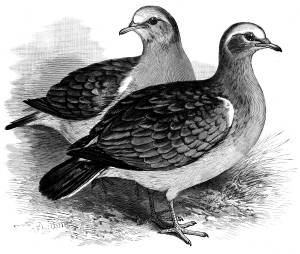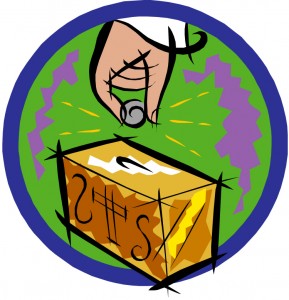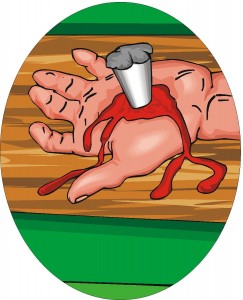Leviticus 20 (entire chapter), The death penalty. In this chapter, YHVH lists the penalty for the sins that he considers to be the most abominable, grievous and ruinous to a society. He then prescribes the punishment for these sins—usually the death penalty.
As you read through this chapter, consider the penalties for these sins in the U.S. That’s right… there are none (with the exception of incest with one’s minor children)! Not only that, most of these sins are tolerated (bestiality, incest, adultery, sex during menstruation), but many of these abominable practices are promoted and even celebrated (e.g., homosexuality, abortion, witchcraft, necromancy).
In our society, there is punishment for animal neglect, failing to pay taxes, or violating a building code, while there is no penalty for the sins of abortion, witchcraft, homosexuality, etc. What’s wrong here?

Notice that the punishments that YHVH prescribes for these crimes would, in most cases, in our society be considered uncivil, barbaric, or cruel and unusual (e.g., banishment, stoning, burning by fire).
The question must be asked, if we accept the Bible as the revealed truth of Elohim, then who knows best what punishment fits a crime—man or the Creator?
Interestingly, the U.S. has the highest criminal incarceration rate of any nation in the world (743 adults per 100,000 people). By year end 2010, the U.S. had 2,266,800 people incarcerated in its prisons and jails (http://en.wikipedia.org/wiki/Incarceration_in_the_United_States). Yet ancient Israel had no prison system whatsoever. Criminals were either banished from society, killed, or had to pay the victim restitution for their crimes.
From this brief discussion, several realizations should come to light:
- What YHVH considers to be sin, man often either tolerates or celebrates.
- Men’s order of priorities when it comes to the level of sin and the penalties that meet those crimes is different from that of YHVH.
- Men’s justice systems deal with criminals very differently than did YHVH.
- What divine judgments must be meted out on a society that tolerates or revels in the sins that YHVH calls abominable, unclean, abhorrent, and perverse?
In this context, the following scripture passage comes to my mind:
For my thoughts are not your thoughts, neither are your ways my ways, saith YHVH. For as the heavens are higher than the earth, so are my ways higher than your ways, and my thoughts than your thoughts. (Isa 55:8–9)





 On the altar, which is a picture of the cross (Exod 24:6–8).
On the altar, which is a picture of the cross (Exod 24:6–8).